Author Guest Post: Chris Cook
I wasn’t even born when a man named Peter Sutcliffe was arrested on the premises of a building called Light Trades House in Melbourne Avenue, Sheffield, on Friday, 2nd January 1981. Two police officers, Sergeant Robert Ring and Probationary Constable Robert Hydes, were on patrol in their car and had decided to check in on the property as Hydes hadn’t yet dealt with sex workers and their clients, and this was a quiet area known for such business. As they drove onto the driveway of the property, a Rover car was parked facing the road, and they pulled up in front of it to prevent any possible escape. When Hydes approached the vehicle and asked what the man and his female passenger were doing there, the man told him that he was just talking to his girlfriend. A check was done on the registration plate of the vehicle, and they came back as belonging to a Skoda. The officers knew the passenger, Olivia Reivers, was a sex worker and so immediately knew something was suspicious about the man, who had given his name as ‘Peter Williams’.
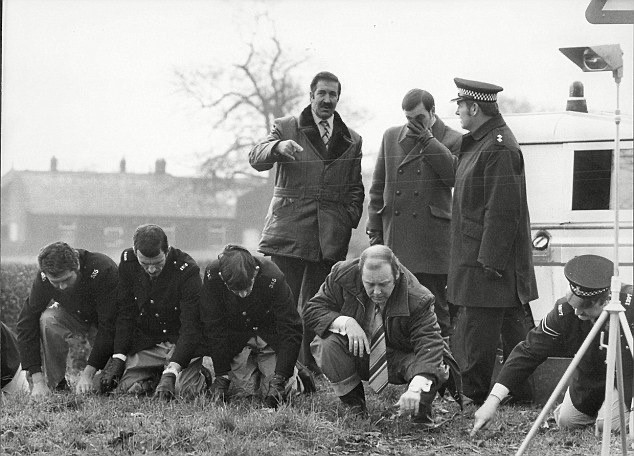
Just before they were both arrested, the man walked around the corner of the building on the pretence of needing to urinate and the police heard an odd noise, to which the man said that he had ‘fallen off a wall.’ When they arrived at the police station the man once again said that he needed to use the toilet and was allowed.
Over the next few hours, it was noted how this man looked similar to someone who had almost become a mythical figure – who the police had spent the previous six years hunting – The Yorkshire Ripper. The Ripper had been attacking and murdering women across large swathes of Yorkshire, including Leeds, Bradford, and Manchester, and who the police had wrongly thought was attacking sex workers – and those who weren’t sex workers had been attacked or murdered ‘by mistake.’
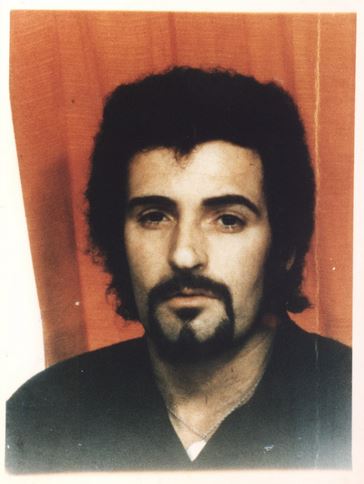
The man finally admitted that his name was actually Peter William Sutcliffe and he had lied previously as he was due in court on a drink-driving charge and had taken the registration plates as his insurance had just run out.
It had been decided by those investigating the ‘Yorkshire Ripper’ that any man caught with a sex worker should have his description and details forwarded to them for elimination purposes from their inquiry. This was done, and it was noted that Sutcliffe had previously come to their attention twice before, but had been eliminated as a suspect as his handwriting didn’t match that of three letters that had been sent in to them claiming to be from ‘The Ripper’.
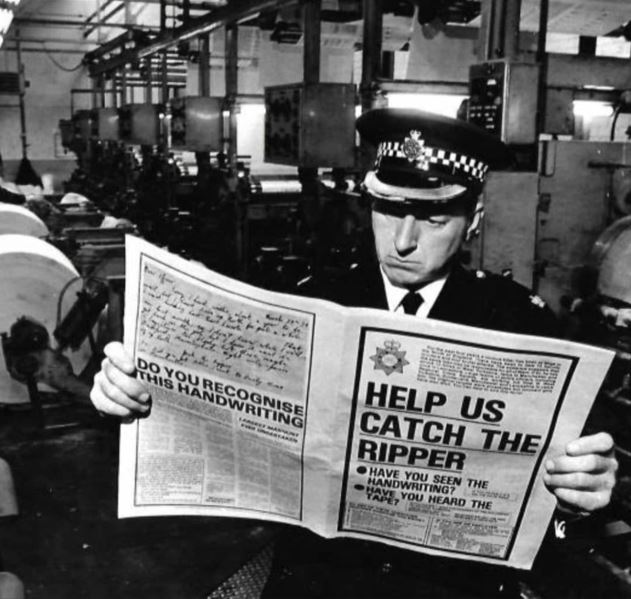
Sutcliffe’s Rover was searched, and police found three screwdrivers in the glove compartment. The two officers who had arrested Sutcliffe came back on to shift the following night and discovered that Sutcliffe was being interviewed by the ‘Ripper Squad’. They remembered the oddity of Sutcliffe making a noise when he had gone to urinate and went back to the scene and quickly discovered a hammer and screwdriver at that exact spot. The toilet at the police station was then searched and a knife was found in the cistern. These were all tools of the Ripper.
It wasn’t long before the interviewing officers presented this information to Sutcliffe, and the following conversation took place:
Police: Do you understand what I am saying? I think you are in trouble, serious trouble.
Sutcliffe: I think you have been leading up to it.
Police: Leading up to what?
Sutcliffe: The Yorkshire Ripper.
Police: What about the Yorkshire Ripper?
Sutcliffe: Well, it’s me.
Sutcliffe admitted that, had it not been for Sergeant Robert Ring and Probationary Constable Robert Hydes, he would have attacked Olivia Reivers. He then gave an account of other women he had attacked and murdered: Anna Rogulskyj, Olive Smelt, Wilma McCann, Emily Jackson, Marcella Claxton, Irene Richardson, Patricia Atkinson, Jayne MacDonald, Maureen Long, Jean Jordan, Marilyn Moore, Yvonne Pearson, Helen Rytka, Vera Millward, Josephine Whitaker, Barbara Leach, Theresa Sykes and Jacqueline Hill. But it was far from conclusive. He would quickly admit to another two attacks – Marguerite Walls and Uphadya Bandara, but he was thought to have carried out more.
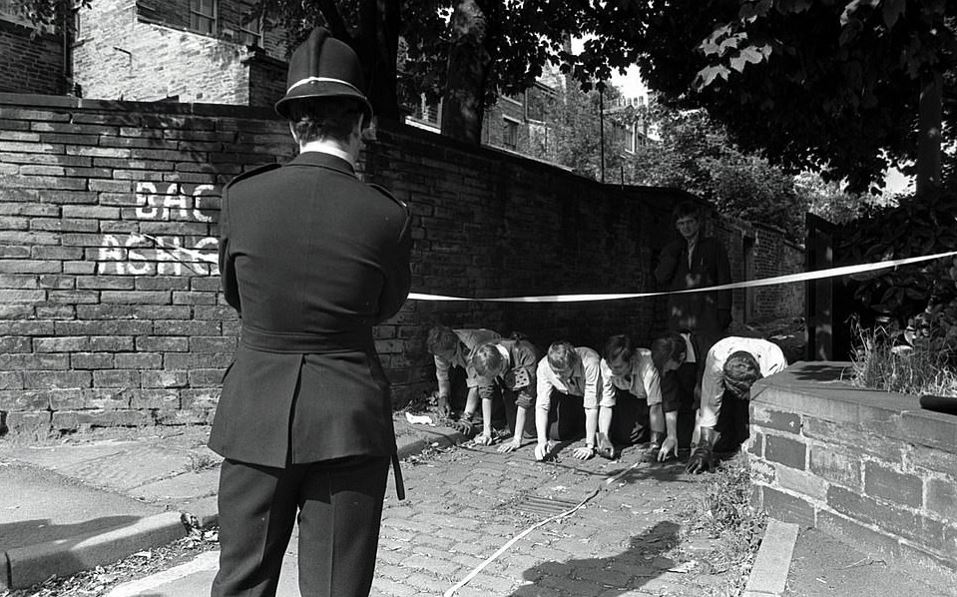
In 1992, after imprisonment, he would admit to attacking a 14-year-old girl called Tracy Browne and 22-year-old Ann Rooney.
In 2002, there came the possibility (should the need arise), of Sutcliffe being released and the police announced that they had enough evidence to press further charges against him for the murder of Debra Schlesinger and attempted murder of university student Mo Lea.
All of these attacks and murders are gone into in as much detail as is available and I have also included further attacks that I believe Sutcliffe to be responsible for: Gloria Wood (Bradford, 11th November 1974), Rosemary Stead (Bradford, 6th January 1976), Maureen Hogan (Bradford, 29th August 1976), Carol Wilkinson (Bradford, 10th October 1977), a 16-year-old unnamed student (Harrogate, 17th February 1979) and Yvonne Mysliwiec (Ilkley, 11th October 1979).
Having studied the Yorkshire Ripper case over a number of years, I have linked these further attacks and murders due to their modus operandi. As Sir Lawrence Byford (the man who conducted an inquiry into the police investigation) later stated: “Women are not attacked with hammers with any regularity for no apparent reason. There was a failure during the investigation to link incidents with the series, even as possibly connected. The criteria used as to whether to include, or not to include, were too narrowly drawn. An open mind should have been kept on other cases and the information, particularly the physical description, regularly assessed… It is difficult to understand, even recognising that the benefit of hindsight exists, why certain cases were excluded from being possibly connected and… had this been done… the investigation might have been resolved much earlier.”
Mo Lea, a survivor of an attack by Sutcliffe on 25th October 1980, kindly read this book and wrote the foreword for it.
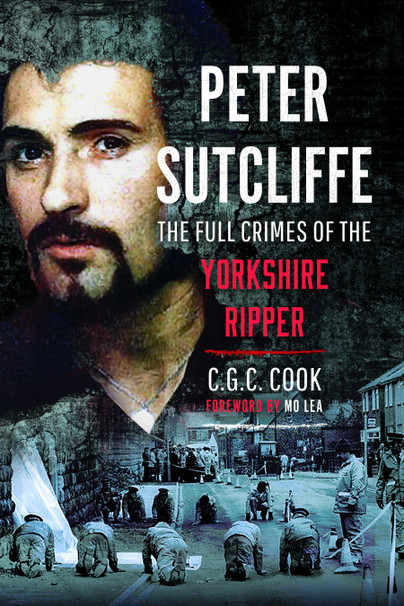
Order your copy here.

